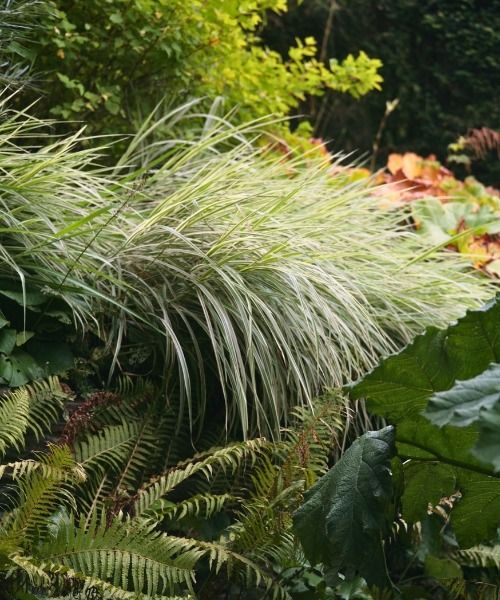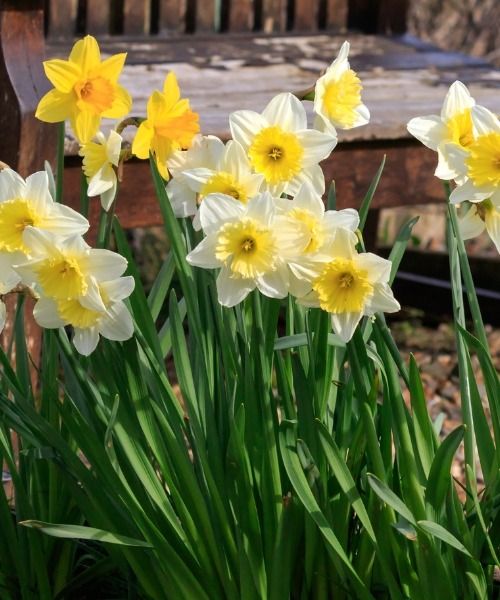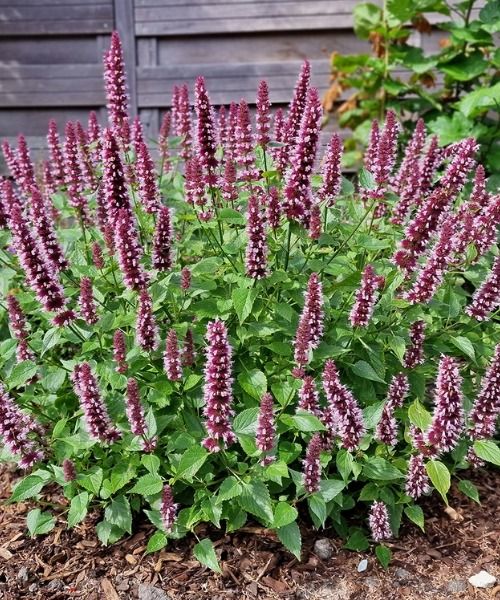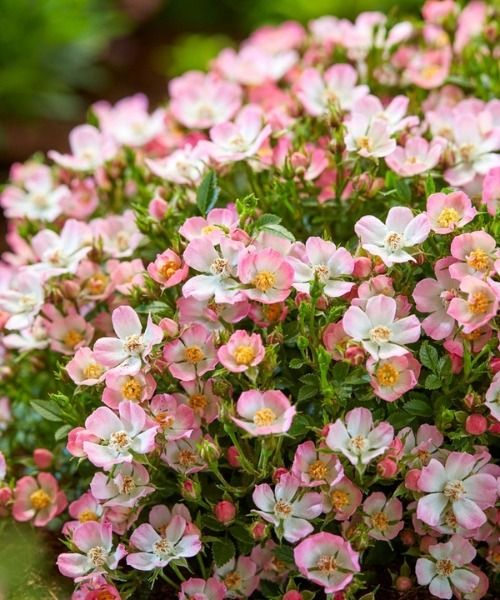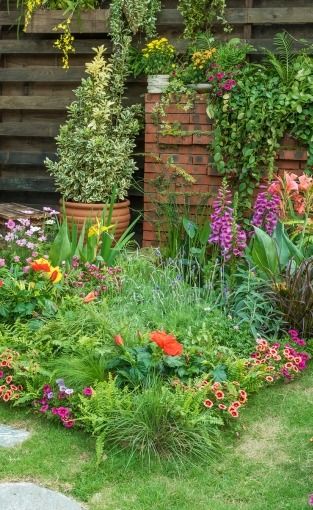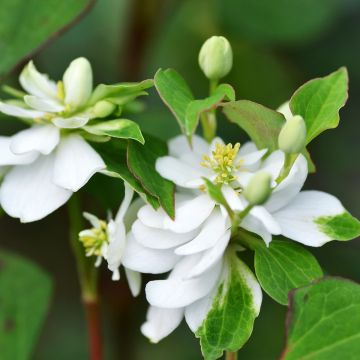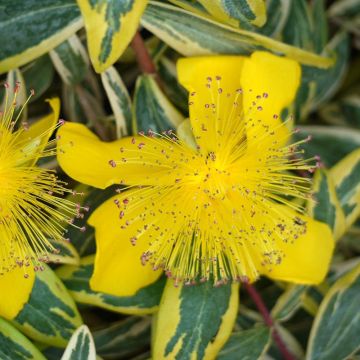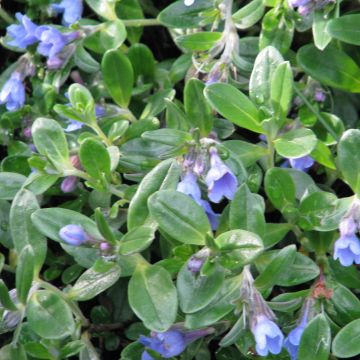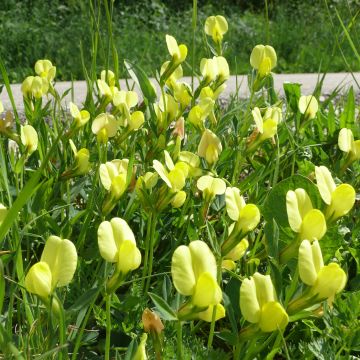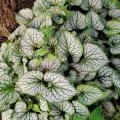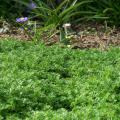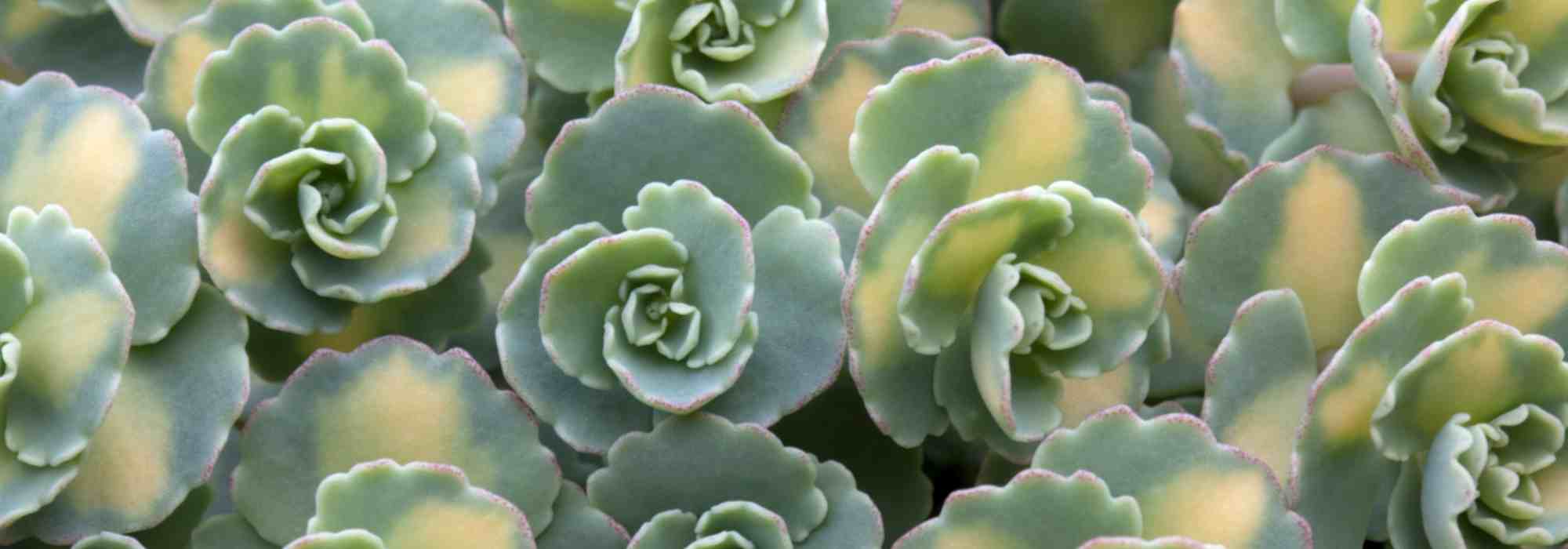Sun-loving ground cover perennials
Would this plant suit my garden? Set up your Plantfit profile →
Available in 1 sizes
Available in 1 sizes
Available in 1 sizes
Available in 1 sizes
Available in 1 sizes
Perennial ground cover plants for sunny locations are creeping or low-growing plants that have the advantage of covering the soil with their foliage. Often evergreen, like the Stachys byzantina (or "Lamb's Ears") and with a long flowering period, like the lovely Phlox subulata, they are also very decorative. In the garden, in hot and sunny locations, whether the soil is dry or moist, they establish easily, require no maintenance, and will save you the chore of weeding. Whether you want to plant a slope, brighten up a rockery, or edge a pathway, you will find a perennial that suits perfectly!
Haven't found what you were looking for?






























